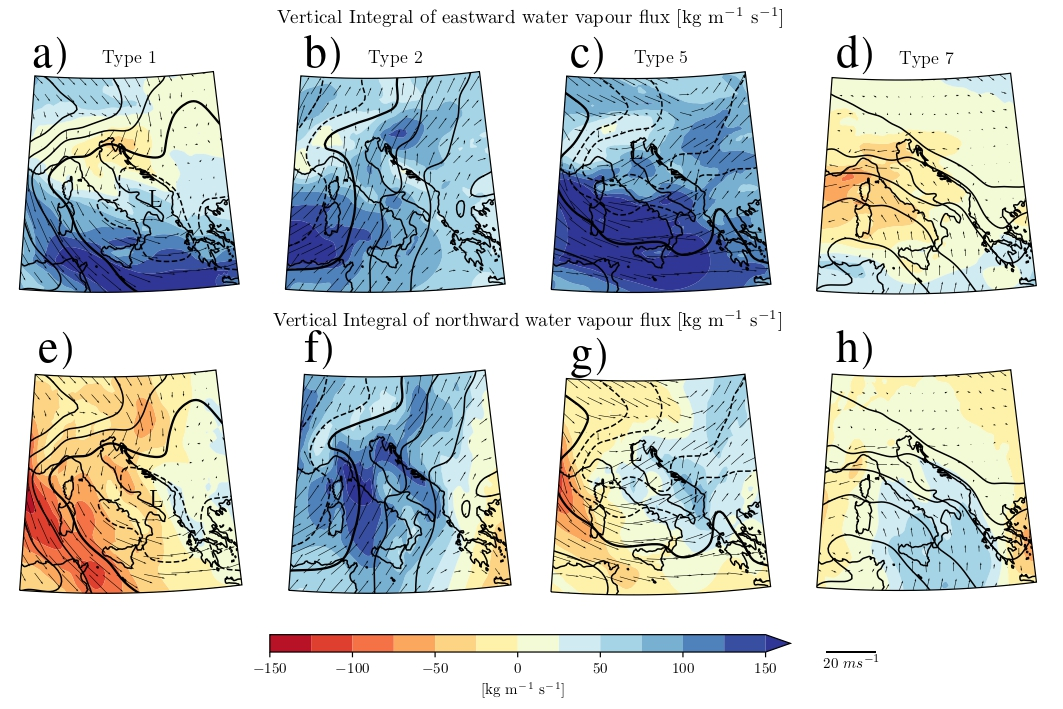Regional observations and global ERA5 reanalysis as tools to assess climate in Central Italy and to develop a regional meteo-climate service.
PhD Thesis of Lorenzo Silvestri, Doctor of Philosophy in Energy and Sustainable Development.

This thesis uses regional observations and global reanalysis to develop a regional meteo-climate service and assess the climate in Central Italy.
The first part of the thesis identifies a general procedure to design an efficient mesoscale meteorological network and ensure the physical consistency of observations. A complex quality control is applied both on station data and metadata and it is used as a basis for the network optimization. Missing and wrong hourly temperature data have been reconstructed by using a spatio-temporal method based on Empirical Orthogonal Functions. The introduction of the global ERA5 reanalysis in the gap-filling process allowed the reconstruction of the longest gaps with statistical and physical consistency. The entire procedure is tested in the Umbria region, central Italy, where its implementation would lead to a considerable advancement in terms of regional weather and climate services.
The second part of the thesis examines the link between circulation weather types, rainfall and orography in central Italy. Using ERA5 reanalysis and raingauge data from 1951 to 2019, four weather types are identified as most responsible for the spatial variability of rainfall in central Italy. They are associated with cyclonic circulations characterized by high water vapour transport coming from west, south-west, south-east, and north-east. The precipitation associated with north-easterly and westerly fluxes shows the strongest modulation by orography. However, the orographic component of rainfall is not well captured by the ERA5 reanalysis when cyclonic north-easterly and westerly flows impinge on the north-central Apennines. Future studies should employ high-resolution modeling to investigate how global warming affects the interaction between cyclonic fluxes and orography, as suggested by recent climate trends observed in central Italy.
The last part of the thesis develops a climate application to support water resources management by estimating groundwater recharge in the Umbria region, central Italy. This application is based on local water table elevation measurements and soil moisture time-series derived from the ERA5 reanalysis. Water fluxes towards the aquifer are evaluated within a Richard equation-based approach. The relationship found between simulated fluxes and local observations includes both a logarithmic and linear term. The predominance of one term over the other point out the possible different recharge mechanism of the considered aquifers.
The Phd Thesis is available online on Research Gate.
This thesis has been part of the Research activities of the CRC. Find out more on the Research activity page of the Climatology section.